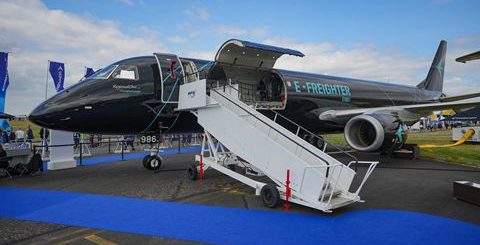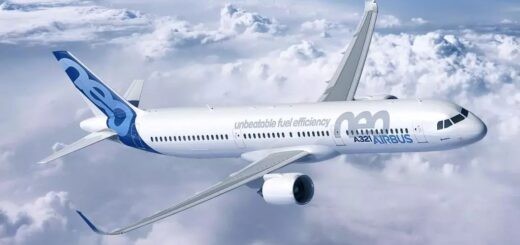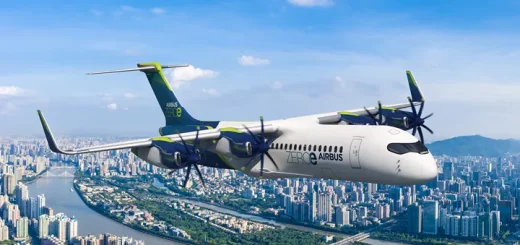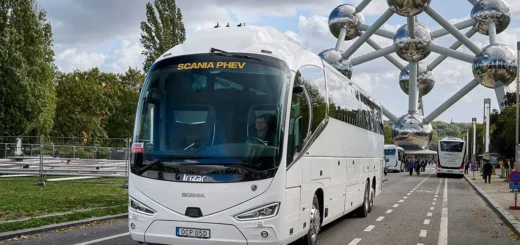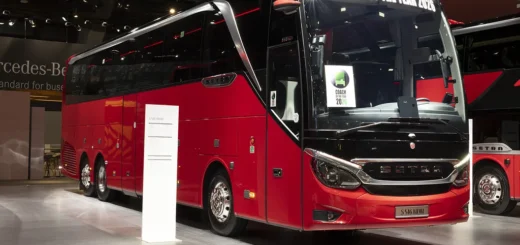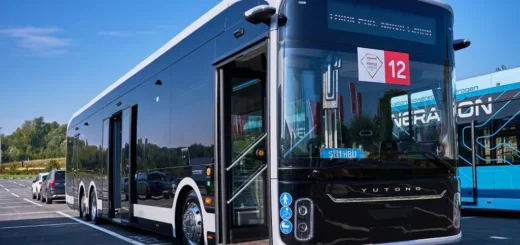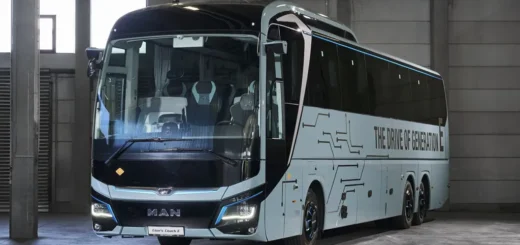Airbus A321XLR: The ‘long-range’ innovation in A321neo narrowbody family
The new Airbus A321XLR is a single-aisle, narrow-body aircraft with the longest flying range ever in the history of aviation, with a range of up to 4,700 NM and about 11 hours of non-stop flying!

The rapid emergence of ‘hub-and-spoke’ model for commercial aviation since the 1990s is pushing fleet operators to swap bigger wide-body aircrafts with multi-leg journeys by narrow-bodies. The quest for ‘long range’ solutions in the single-aisle aircraft segment by global fleets is quite vocally felt in recent times.
It is in this backdrop that the new Airbus A321XLR is not just a fresh iteration of a popular aircraft. It is instead a ‘game-changer’, opening up new avenues for commercial airlines. This ultra-long-range version of the already ubiquitous A321neo pushes the boundaries of single-aisle aviation in global markets. It is indeed the next evolutionary step from the A320neo family to address emerging market needs.
Also Read: COMAC C919: Chinese passenger jet enters scheduled service outside mainland China
Officially launched in 2019 at the Paris Air Show, the ‘Xtra Long Range’ aircraft targets superior long-haul range and payload. It aims to leverage the popular A321neo platform to enable economical operations and maintenance for the airlines.
With an increased maximum takeoff weight (MTOW) of 101 tonnes, the aircraft boasts an additional Rear Centre fuel Tank (RCT). The total fuel capacity of the aircraft stands at 32,940 liters (8,700 US gallons). Further, the landing gears are strengthened to handle higher MTOW and the wing trailing-edge flaps optimized for better performance.
Efficiency at its peak
As a result, the A321XLR claims a flying range of up to 4,700 NM (nautical miles) and about 11 hours of non-stop flying. This is about 15 percent more than that of the already available ‘Long Range’ A321LR with 4,000 NM flying range. Moreover, the aircraft commands 30 percent lower ‘per-seat’ fuel burn as against previous generation aircrafts in its class, with reduced NOx emissions and noise levels.
Airbus claims a maximum passenger capacity of 244 seats for the XLR. The debut operator Iberia’s (Spain) A321XLRs features a two-cabin layout with 182 seats, including 14 business class seats with 1-1 configuration. The XLR’s of Aer Lingus (Ireland) that just got into service last month boasts 16 full-flat business class seats.
The XLRs that are currently in service (with Iberia and powered by CMF International LEAP-1A turbofan engines. Airbus is in the process of getting type certification for Pratt & Whitney PW1100G-JM engines as well, with the aircrafts likely to enter service in the coming months. These engines can operate with up to 50 percent Sustainable Aviation Fuel (SAF) blend.
Also Read: Hybrid-electric ‘EcoPulse’ aircraft offers key insights on sustainable aviation
In terms of overall cost effectiveness, aviation experts peg that the A321XLR can almost halve the trip costs of widebody aircrafts on international routes. Airbus has so far received orders from international operators for 516 XLRs, with the Indian operator Indigo leading the order book with 69 aircrafts.

